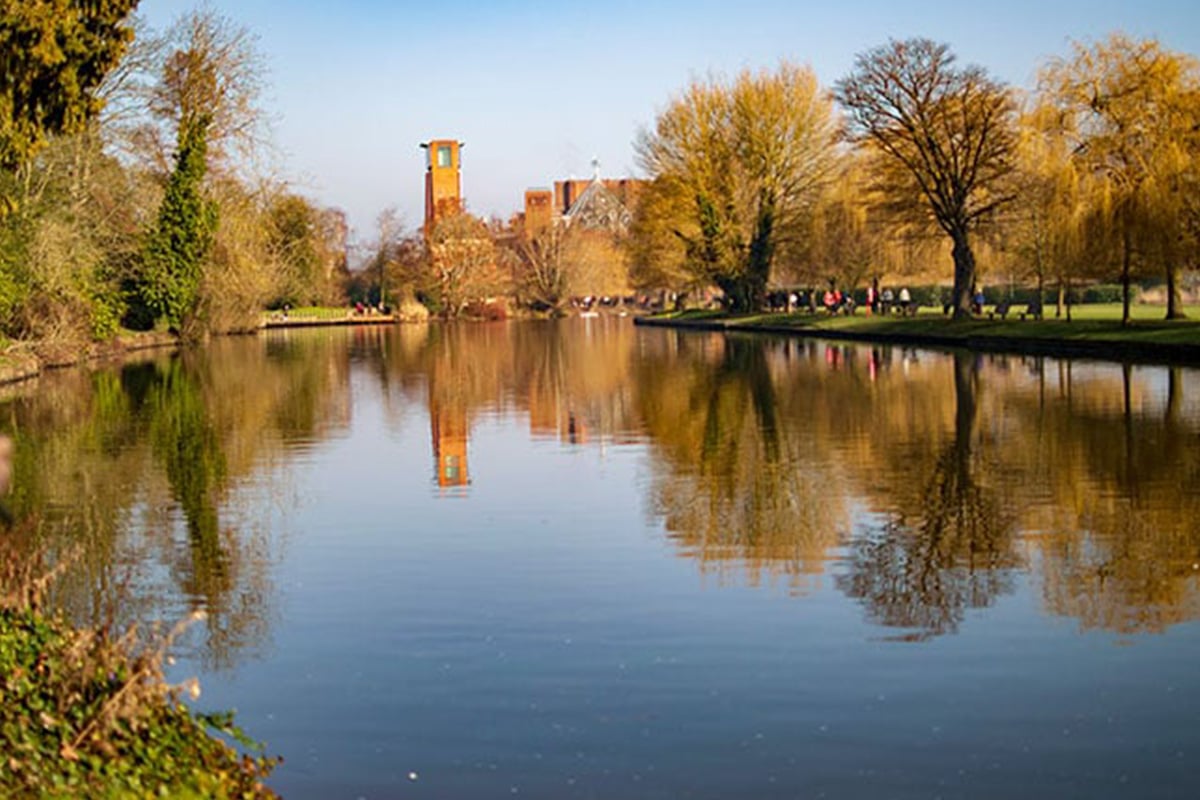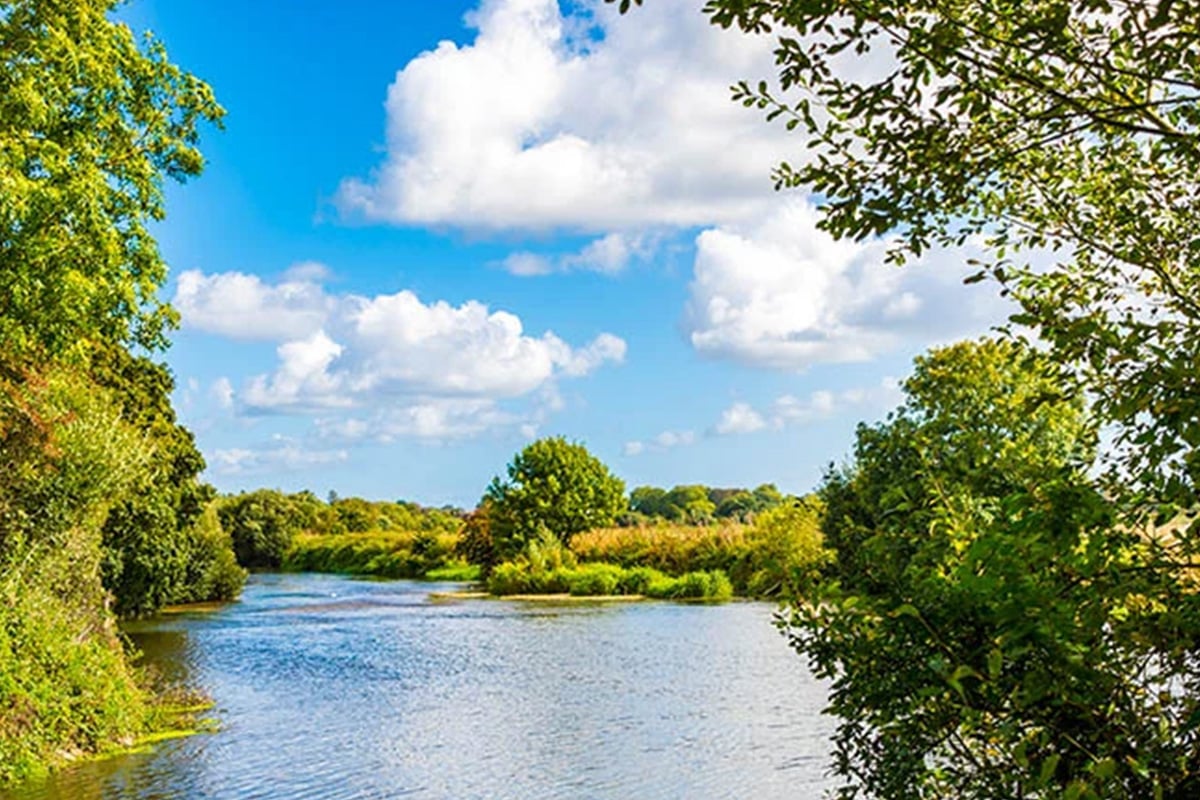
The journey of water
Protecting our water sources
Where our water comes from
Most of our water comes from rivers. Our two main sources are the Hampshire Avon and Dorset Stour, making up 88% of our supply. We also use groundwater (12%) pumped from underground sources called boreholes, particularly to source rural areas.
During the summer months we operate a stream support system on the River Allen, a tributary of the River Stour. We pump water from boreholes to help support river flows and this allows us to continue to abstract water for public supply in the area.
The surface water and groundwater systems are linked together by a network of pipes, which enable us to transfer water around the region.
River Avon

River Stour

Making water drinkable
Water treatment starts long before the water reaches the treatment works. If raw water sources are fit and healthy, it makes our job of cleaning it a lot easier. There are many stages of treatment that water goes through before we're happy enough to send it to your tap.
Water of the future
There are many exciting innovations happening in water treatment every year. We have some exciting projects this year, that will see a £200 million investment into our water sites, Alderney and Knapp Mill.
Projects in the pipeline
We're proud to announce a £200 million investment in upgrading our water treatment works at Alderney and Knapp Mill. This exciting project will secure and enhance the future of our drinking water supply by combining our existing, nature-based filtration system with cutting edge, sustainable treatment technology.
A precious resource
With drier summers and less rainfall than the UK average, we face a unique challenge in securing a steady water supply for our customers. This precious resource requires careful management, which is why we invest in capturing, storing, and transporting water through essential infrastructure like river intakes, boreholes, pipelines, and pumps.
We are dedicated to providing a safe and continuous public water supply for everyone. We achieve this by creating a Water Resources Management Plan every five years, encompassing both South West Water and Bournemouth Water. This plan, spanning 25 years, considers population growth, environmental needs, and potential impacts of climate change.
Through responsible investments and careful management of our water sources and network, we have successfully avoided water restrictions. Our ongoing goal is to continue this success, preventing restrictions except in extreme circumstances, while always ensuring efficient water management and delivery
How you can protect our water's future
Providing 450,000 people with water is a balancing act of keeping a supply going whilst taking water from an environment that has less and less in it because of climate change. That's why it's important to be aware of your water use, and save where you can. Being water efficient isn't about not using water, but about only using the water you need.





